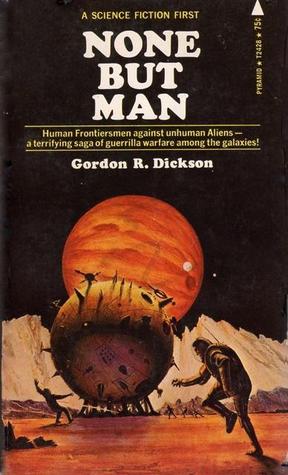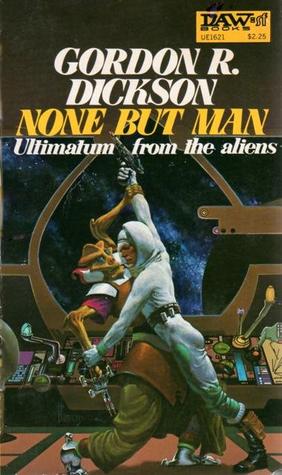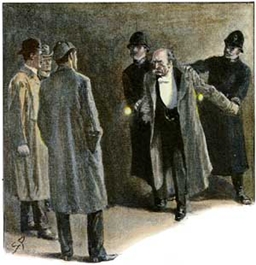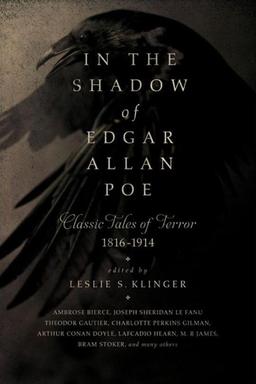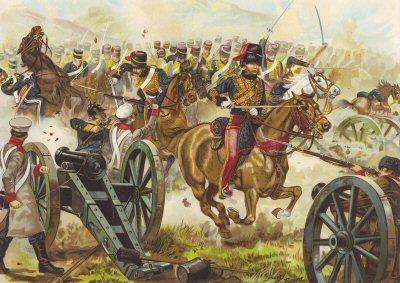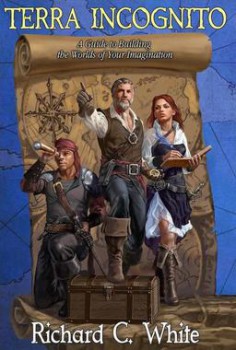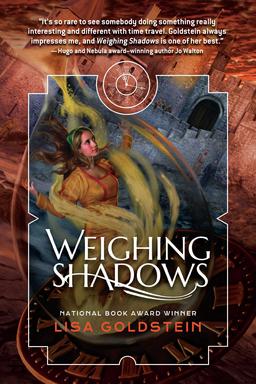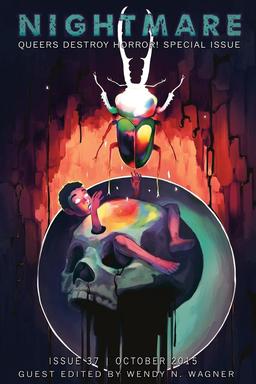Apex Magazine #77 Now on Sale
 In his editorial this month, Jason Sizemore tells us a little about the latest issue, and dishes out some excellent Halloween advice.
In his editorial this month, Jason Sizemore tells us a little about the latest issue, and dishes out some excellent Halloween advice.
This month, we offer four original short stories by D.K. Thompson, Aaron Saylor, Maurice Broaddus and Arkady Martine. These stories are nothing alike in tone, setting, style, or mood. But they all share a central theme of “protection.” If you enjoy unique explorations of a singular conceit, then we have a great issue for you. And if you want your eyebrows raised and your tropes turned upside down, then read “Super Duper Fly” by Maurice Broaddus. If this story doesn’t start a discussion, then I will be very disappointed in you!
Or if you simply like a good werewolf story, well, we have that, too. It is the Witching month, after all!…
While this issue comes out several weeks prior to Halloween, I would like to close with a word of advice. If you’re giving out candy to trick-or-treaters, remember that nobody likes candy corn. Nobody.
Here’s the complete TOC.

